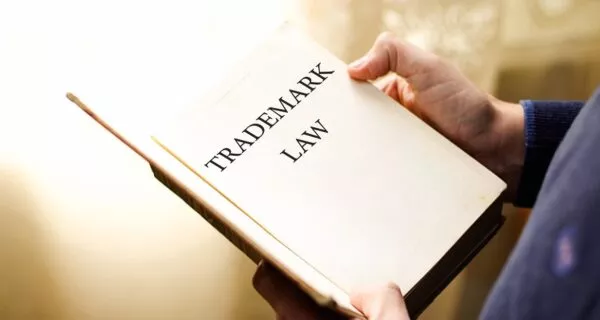Trademarks are valuable assets that help companies distinguish their products and services in the marketplace. Their value is so significant that trademark owners will often pursue legal action against others who use their marks without express permission. However, there are situations where third parties can use another company’s trademarks, including those of a competitor, without infringing on the owner’s rights. After all, how else can people refer to trademark owners and their products and services without using the trademarks themselves? Generally, when such use is done in a way that is truthful and not misleading, it is more likely to be considered “nominative fair use,” which, in legal terms, is an affirmative defense to claims of trademark infringement. In other words, although making nominative fair use of another’s trademark will not prevent an infringement claim from being made, it can possibly provide a reasonable defense to those claims. Since nominative fair use of another company’s trademark(s) is not a risk-free endeavor, a careful risk-benefit analysis and guidance of legal counsel should always precede such use. With this in mind, we offer several suggestions on how to potentially make nominative fair use of another company’s trademarks. Nominative Fair Use of Another’s Trademark In closing, when referencing another company’s trademark(s), if such use is done in a way that is truthful and not misleading, including taking steps to clearly distinguish the owner’s marks from your own, the doctrine of nominative fair use may offer an affirmative defense in the event an infringement claim is made. In our next post, we will explore a common form of nominative fair use known as comparative advertising. If you have questions about trademarks in general or use of trademarks in marketing, please contact Wade Savoy at [email protected]. Wade Savoy is a Partner with our sister firm, Patent GC. Wade focuses his practice on the rapidly changing intersection of law and technology. His genuine love and deep knowledge of the law, coupled with 25 years of experience and an intensely practical, business-oriented perspective, define his work helping clients achieve their IP-related goals.
Assuming a company has assessed and is comfortable with the business risk associated with using another’s trademark, the following suggestions may help support a defense of nominative fair use:
This publication should not be construed as legal advice or a legal opinion on any specific facts or circumstances not an offer to represent you. It is not intended to create, and receipt does not constitute, an attorney-client relationship. The contents are intended for general informational purposes only, and you are urged to consult your attorney concerning any particular situation and any specific legal questions you may have. Pursuant to applicable rules of professional conduct, portions of this publication may constitute Attorney Advertising.
